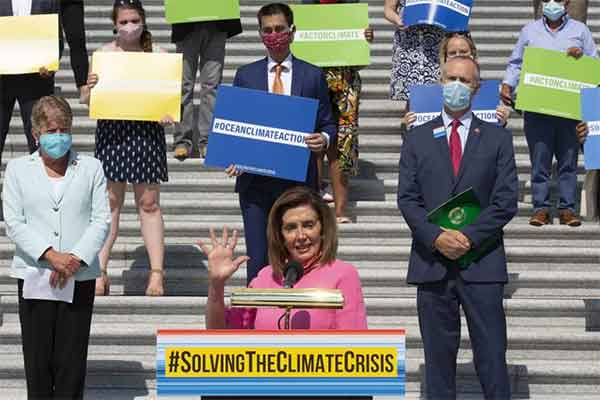Senate Democrats in the U.S are set to release a 200-page plan arguing that significant climate action will require stripping the fossil fuel industry of its influence over the government and the public’s understanding of climate change.
Giant fossil fuel corporations have spent billions – much of it anonymized through scores of front groups – during a decades-long campaign to attack climate science and obstruct climate action.
“It’s important for the public to understand that this is not a failure of American democracy,” said Sheldon Whitehouse, a Senate Democrat from Rhode Island. “It is a very specific and successful attack on American democracy by an industry with a truly massive financial motivation to corrupt democratic institutions.”
On the other hand, Republicans plan on recycling their 2016 rhetoric for climate change in this year’s election, which states that climate change is far from this nation’s most pressing national security issue.
While the public’s perspective is spit on the issue, investment firms know this is the time to divest from fossil fuel investments.
Storebrand, a Norwegian asset manager worth more than $90 billion, is ending its stock holdings in some of the world’s biggest oil companies and miners.
The asset manager has divested from miner Rio Tinto as well as U.S oil giants ExxonMobil and Chevron as part of a new climate policy targeting companies that use their political clout to block green policies.
“We need to accelerate away from oil and gas without deflecting attention on to carbon offsetting and carbon capture and storage,” a statement by Jan Erik Saugestad, the chief executive of Storebrand “Renewable energy sources like solar and wind power are readily available alternatives, and the Exxons and Chevrons of the world are holding us back.”












Comments